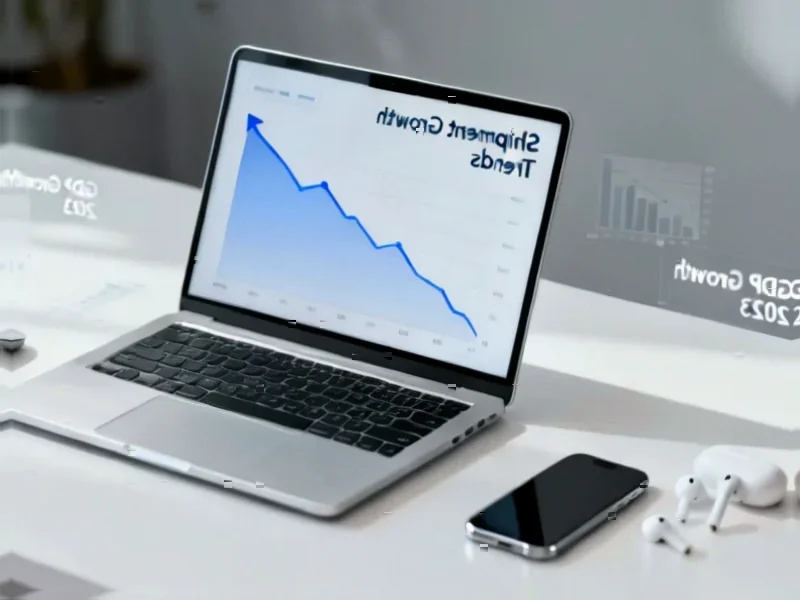According to PYMNTS.com, ACI Worldwide has acquired European fintech firm Payment Components to enhance its ACI Connetic payments platform, as announced in a company announcement on November 3. The Greece-based Payment Components, founded in 2014, serves 65 banks across 25 countries with account-to-account payments, API management, and financial messaging software that leverages generative AI. Meanwhile, recent PYMNTS research reveals that 56% of U.S. consumers aren’t aware that pay-by-bank options exist, dwarfing other concerns like security or card preferences. The data shows younger generations, particularly Gen Z and millennials, show the most interest, with over 40% willing to use the method for transfers between bank and brokerage accounts. This acquisition comes at a pivotal moment for open banking adoption.
The Coming Consolidation Wave in Open Banking
ACI’s move signals the beginning of a major consolidation phase in the open banking ecosystem. We’re likely to see established payment processors and financial institutions aggressively acquiring specialized fintechs to fill capability gaps rather than building solutions internally. Payment Components’ expertise in API management and generative AI for payment processing represents exactly the type of technology that larger players need to compete in the evolving landscape. Over the next 12-18 months, expect similar acquisitions from competitors like Fiserv, FIS, and Global Payments as they race to offer comprehensive open banking solutions.
The Real Barrier: Education Over Technology
The research revealing that 56% of consumers don’t know pay-by-bank exists highlights a critical industry blind spot. For years, the focus has been on building better technology, improving security, and reducing costs. But the data suggests we’ve been solving the wrong problem. The industry needs to shift from engineering-focused development to consumer-centric education campaigns. This awareness gap represents both a massive challenge and opportunity—the first provider that effectively communicates the value proposition to mainstream consumers could capture disproportionate market share.
The Generational Adoption Curve
The higher interest among Gen Z and millennials (over 40% interested in account transfers) suggests we’ll see a classic technology adoption pattern play out. Open banking will likely gain traction first in specific use cases favored by younger, digitally-native users—peer-to-peer transfers, investment account funding, and niche services like betting platforms. This bottom-up adoption could then spread to broader consumer payments as these users age into their prime spending years. The key will be building critical mass in these early-adopter segments before attempting to conquer the mainstream market.
The Hidden Integration Hurdles
While ACI’s acquisition looks strategically sound on paper, the real test will come in the integration phase. Merging Payment Components’ technology with ACI Connetic while maintaining service levels for existing clients across 25 countries represents a significant operational challenge. More importantly, the cultural integration of a nimble fintech into a large corporate structure often proves difficult. Many similar acquisitions have failed not because of technology incompatibility, but because of talent retention issues and innovation slowdowns post-acquisition.
The 2025-2026 Open Banking Landscape
Looking ahead, we’re likely to see open banking evolve beyond simple account-to-account payments toward more sophisticated use cases. The generative AI capabilities mentioned in Payment Components’ technology could enable personalized payment routing, dynamic fraud detection, and predictive cash flow management. As regulatory frameworks mature globally, particularly with the CFPB’s upcoming rules in the U.S., the competitive dynamics will shift from technology superiority to ecosystem partnerships and consumer trust building. The winners will be those who can both acquire the right technology and effectively bridge the consumer awareness gap that currently holds the market back.




